Given a list of polygons that are guaranteed to be not intersecting each other (and also guaranteed to not be self-intersecting), I would like to write an algorithm (or use a library) that generates an outward polygon offset "where possible" with the following characteristics:
- No generated offset area can overlap with an area defined by one of the original polygons
- Where generated offset areas from two or more polygons would overlap, the overlap area should be assigned "fairly" among the polygons
The picture below should give an idea of what I am looking for.
The picture is not accurate.
I do not think the term "fairly" is correct and there might be multiple strategies.
Ideally I would like to apply a strategy that is close to the one in the picture.

I found different questions on how to offset polygons (e.g. An algorithm for inflating/deflating (offsetting, buffering) polygons). But I cannot find anything around offsetting multiple polygons at the same time.
